Last Updated on August 2, 2021
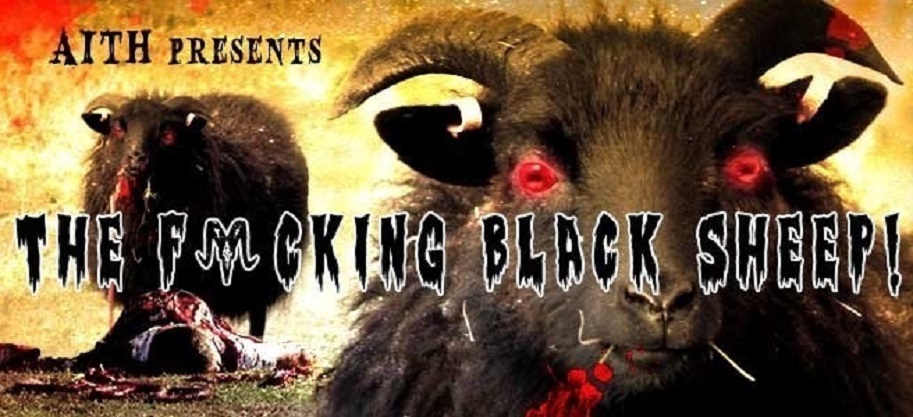
THE BLACK SHEEP is an ongoing column featuring different takes on films that either the writer HATED, but that the majority of film fans LOVED, or that the writer LOVED, but that most others LOATH. We’re hoping this column will promote constructive and geek fueled discussion. Dig in!
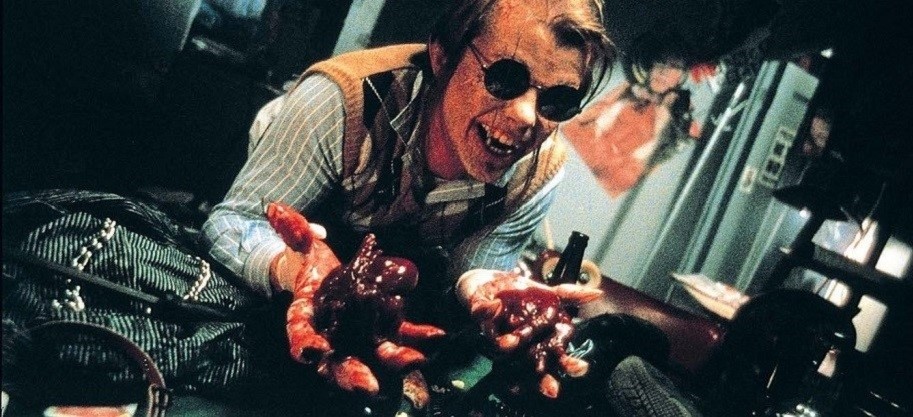
"Would it be possible to enter the game with a pair of hearts?!"
976-EVIL
DIRECTED BY ROBERT ENGLUND
Robert Englund, as any true horror fan knows, is not only an iconic brand-name in the genre, but he’s also one of the undeniable all time bests to do it. I honestly mean it when etching him beside such venerated stalwarts as Lugosi, Chaney Jr. and Karloff on the façade of horror's Mount Rushmore. Dude’s that good and been that dedicated for such a long time.
But as a director? F*cking hell, it’s quite the opposite story, isn’t it? With only four directorial credits to his name – two features and two TV episodes – Englund has been summarily dismissed for his filmmaking disabilty. And while I’d agree on roughly 50% of his directorial canon, I’m here to say, with resounding adamancy, that Englund’s 1988 feature debut 976-EVIL is far better than it’s ever been given credit for, and has been largely panned by fans and critics alike precisely due to the high expectation of Englund’s namesake. That's not the only reaason. Because he was already a horror legend at the time of making 976-EVIL, people must have unfairly assumed greatness from him right out of the gate in a role he had zero experience in theretofore. Think about it. Englund was still at the height of popularity as Freddy Krueger, and even appeared as the character the same years 976-EVIL movie was made (ELM STREET 4) and released (ELM STREET 5). And so, the standard for Englund to replicate his popular brand must have been unfairly carried over to 976-EVIL, drawing inevitable but unnecessary comparisons to Englund’s blood and butter (Krueger). Point is, I feel strongly that 976-EVIL is a true F*cking Black Sheep of a horror movie that merits a lot more love than it’s gotten in the past. So, in honor of the 30th anniversary of its U.S. release, let’s give it a little!

Before we get into the good stuff, it’s worth noting how much of the movies messiness is due to Englund being a first-time director, who in turn hired a first time editor in Stephen R. Myers. The choppiness speaks for itself, so let's backtrack to what really does register as a very cool and original horror film conceit. Co-writer by Brian Helgeland, who had just worked with Englund on THE DREAM MASTER as a first-time scribe the same year, and who would go on to become the A-list writer of L.A. CONFIDENTIAL, MYSTIC RIVER, 42, etc. teamed up with the dude who wrote TRICK OR TREAT (Rhet Topham) to give us one crazy-killer idea. A town stud named Spike (Patrick O’Bryan) lives next door to his weird-ass Aunt Lucy (Sandy Dennis) and creepy-ass cousin Hoax (the inimitable Stephen Geoffreys). After losing cash in a poker game with some pals, Spike calls The Horrorscope Hotline number 976-EVIL, which we learn turns every caller into a demented Satanic murderer.
At first, Spike does his best to resist his malefic temptations and violent outbursts, but he can only control the evil impulses for so long. He confides in his punkish poker pals, but they hardly offer anything but jeers. It isn’t until Spike’s perverted little cousin Hoax finds the Horrorscope number calls in that a full-fledged horror show stirs up. But when it does, the gory violence ramps up in proportion with the mordant humor and classic one-liners that reinforce how Englund is merely having a good time more than anything else. Look, horror movies are by nature intrinsically B-grade; and I’ve always appreciated how 976-EVIL does not try to be anything it’s not. It knows it’s B-movie swill, and fully embraces it, which allows the audience to poke similar fun while laughing with it, not necessarily at it. Anyway, good old Evil Ed (Hoax) in quite possibly the most terrifying sweater-vest ever adorned goes on a supercharged death-march, gruesomely felling any sumbitch who dare step in his way.
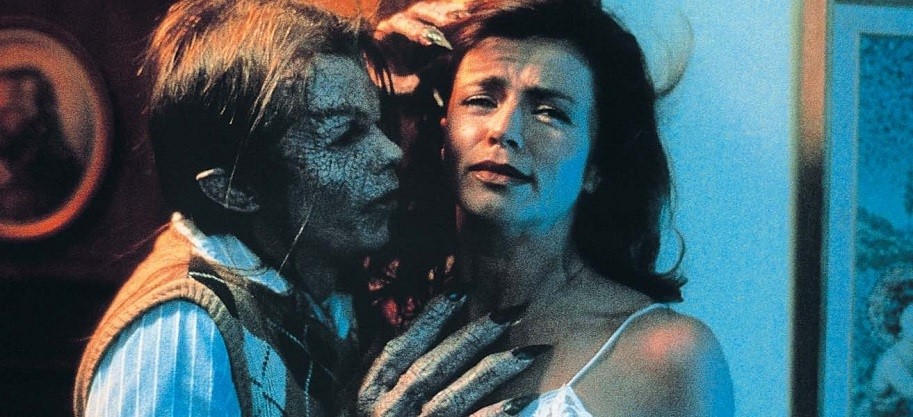
One of the things I always loved about 976-EVIL is the sheer visual aesthetic it adheres to and the insanely surreal feeling it elicits. There’s such a bizarrely nightmarish tint to the visual design of the film – the trashy, sleazy, scummy veneer of the Los Angeles street locations goes a long way to this effect, but it’s also the way in which DP Paul Elliot (Roger Deakins’ second unit DP on HUDSUCKER PROXY, NO COUNTRY FOR OLD MEN, TRUE GRIT) shoots the film in canted camera-angles and neon-strobe lighting is actually quite inspired. It gives the film a texture that simply feels like a true horror film without all of the stuffy pretense of an A-list attempt. To me, how a movie makes a person feel is just as important, if not more, than what it makes you think, and to that end, 976-EVIL evokes a feeling of genuine horror cinema.
Such a feeling is augmented by the work of first-time set designer Nancy Booth, who Englund met on the set and eventually married. Booth and production designer David Brian Miller bring actual graffiti-laced L.A. locations and brilliantly detailed set-designs to life (and death) with an array of cool tie-in clues and horror fanatic Easter-eggs. I absolutely love that much of the movie takes place in the projection room of a horror movie marathon theater (called El Diablo no less, the exteriors of which are 4×2 miniature models) and the concomitant mise-en-scene. Notice the MANIAC poster, the A CLOCKWORK ORANGE cutout, the RUN DMC flier, and my favorite, the FRIGHT NIGHT POSTER that Hoax (Evil Ed) will stand beside three times throughout the movie. Englund is clearly having fun here, no more no less. Notice all the verbal and visual references to the devil stitched throughout the flick. It starts with an opening scene in a café called Dante’s (as in Dante’s Inferno), carried over to the “Devil’s Twins” snake cakes behind Suzie’s TV dinner (Lezlie Deane), on to the “devilled egg sandwich” that Spike prefers at the diner, and the glowing orange Fire Escape signs that looms overhead, as well as the 976 phone-call center that is addressed Gate 1 (per the Gates of Hell), etc. Again, Englund’s poking more fun than even his persona as old Fred Krueger.
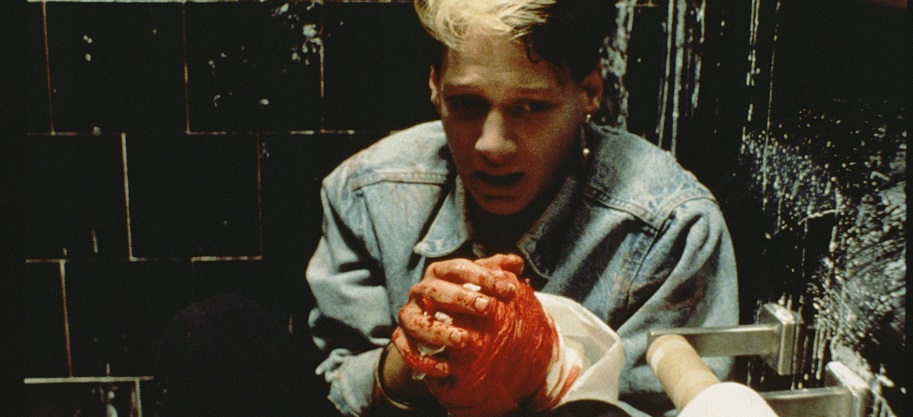
And while the sets for Spike’s room, the local diner, bathroom, and the auto garage feel just as dingily lived-in yet oddly offbeat as the others, it’s the overt sense of dark humor featured in the film that makes it a highly entertaining re-watch. To me it starts with the hilariously over-the-top turn from Sandy Dennis, a cat-crazy harridan of epic proportions who lives to berate her son Hoax. Of course, Hoax himself is played by Stephen Geoffreys, who I think we can all agree is a uniquely memorable actor who makes the weirdest of choices onscreen. He was great as Evil Ed, and is just as good as Hoax, devolving from innocent weirdo to a perverted psycho-killer doing the devil’s baleful bidding. The constant one-liners Hoax spouts throughout lend an amount of campiness to the film that, in line with the rest of the tone, demands not to take it too seriously (“that’s what the plastic’s for, asshole!) Another hilarious sequence comes when the Miracle Magazine writer Marty (Jim Metzler) wonders through the call center to see all of the drunk and apathetic phone operators who could care less of the harm they’re perpetuating. It’s the kind of darkly humorous cynicism Englund made a career of via Freddy, with the conduit of evil being the telephone rather than dreams,
Last but not least are the kills, which are achieved via the excellent practical FX work of pre-KNB pros Howard Berger, Robert Kurtzman and others. While nothing shocks or shakes us to the core, the onscreen carnage is handled credibly and comes with enough overall bloodshed to remain one of the movies strengths. I do wish Marcus (J.J. Cohen) was thrown off the rooftop of El Diablo as originally written, but oh well, his off-screen bathroom demise will have to suffice. Mama getting devoured by her house-cats is delicious, as is the lass above catching a smoldering pane of glass to the face. Point is, in sum, that 976-EVIL is far better than was received upon release in 1989, many months after it was produced (it's own kind of diss). Perhaps we expected too much from a legendary horror actor to translate the brilliance behind the camera in his first directorial foray. Straight up, give 976-EVIL a redial, the shite ain't that bad!




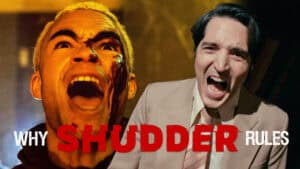
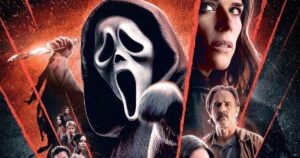
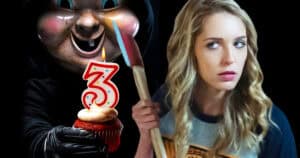
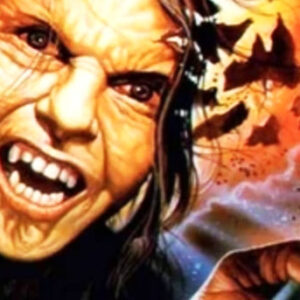
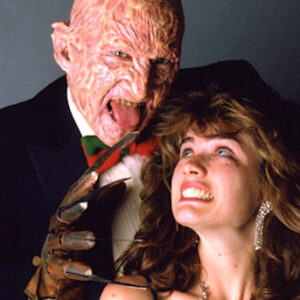
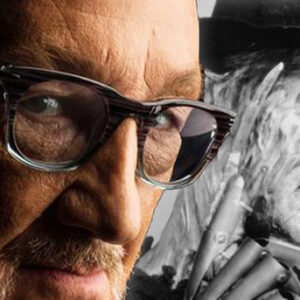


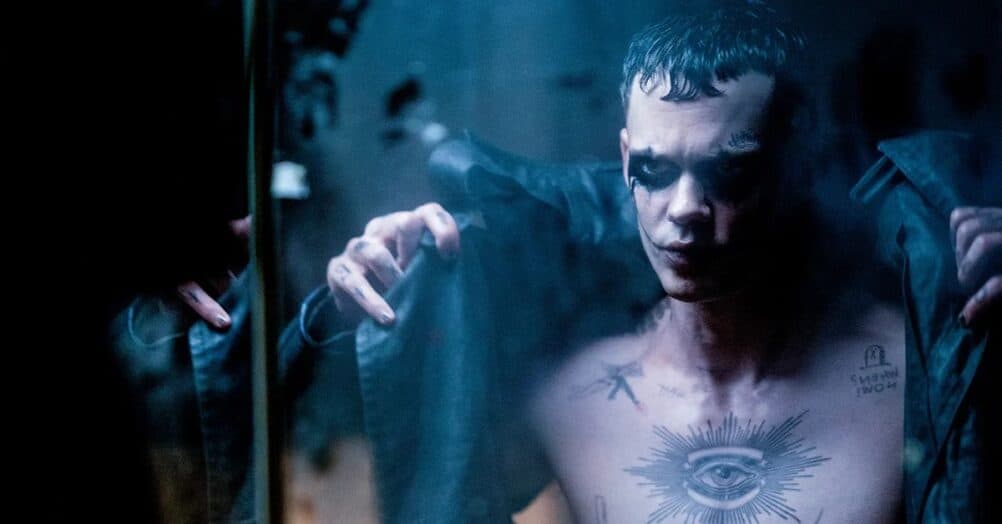
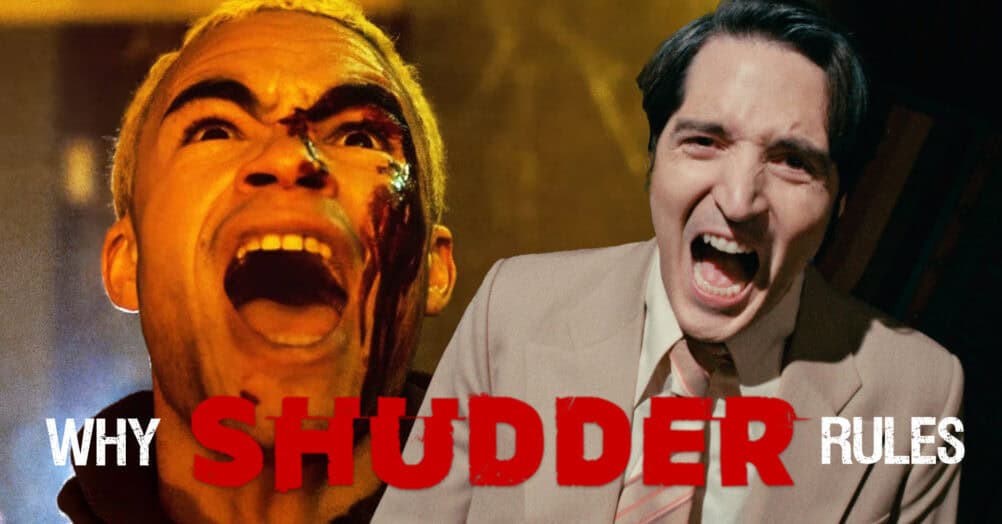

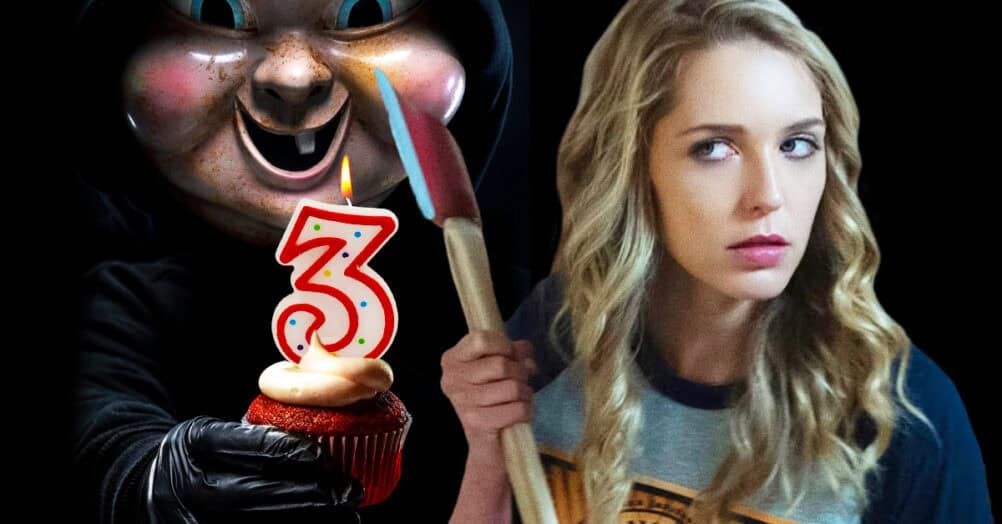
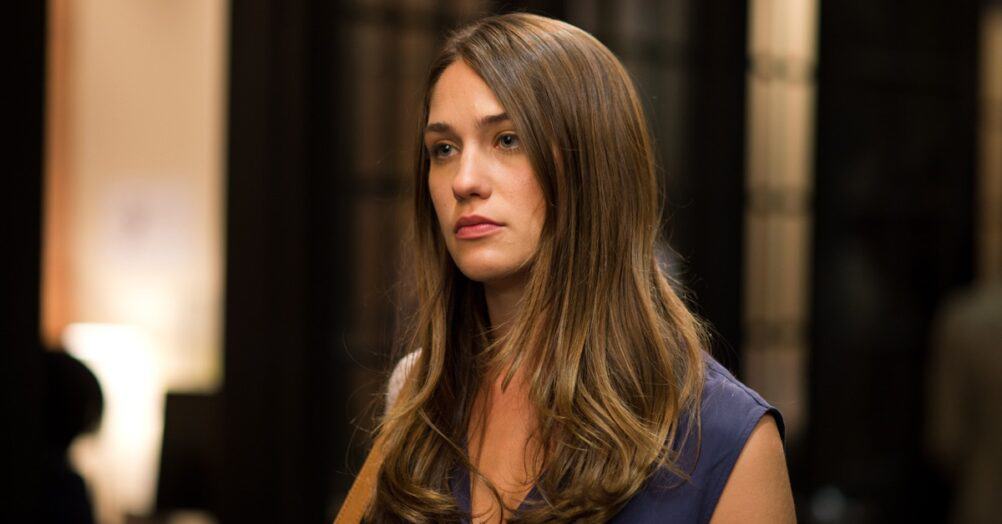
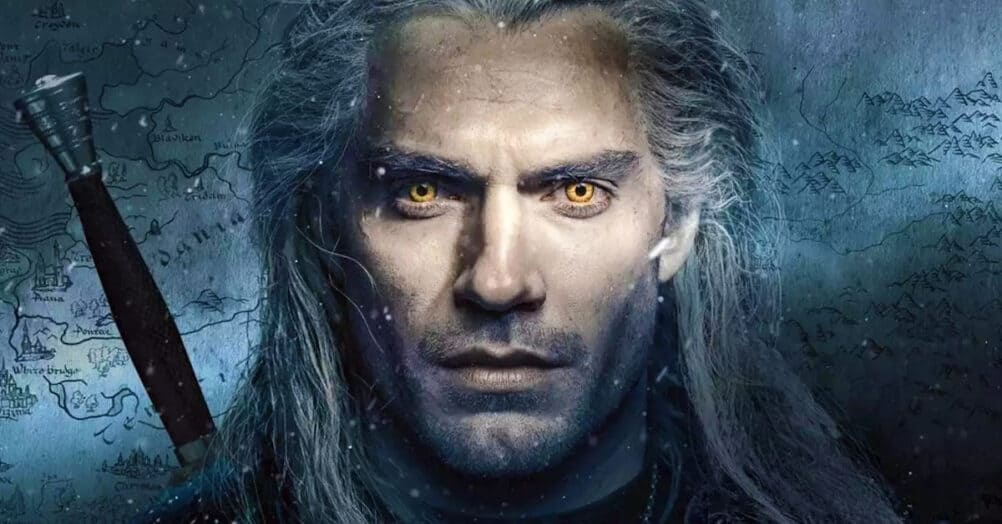
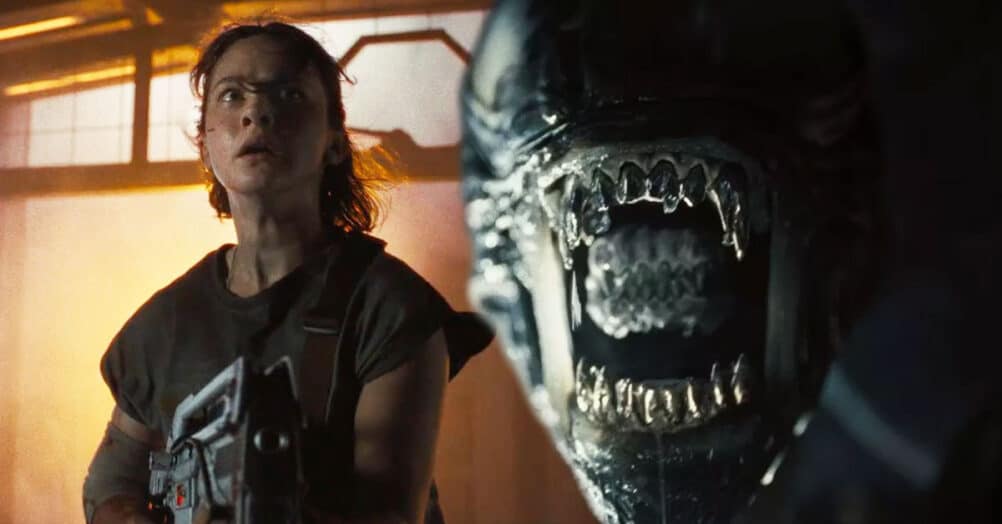
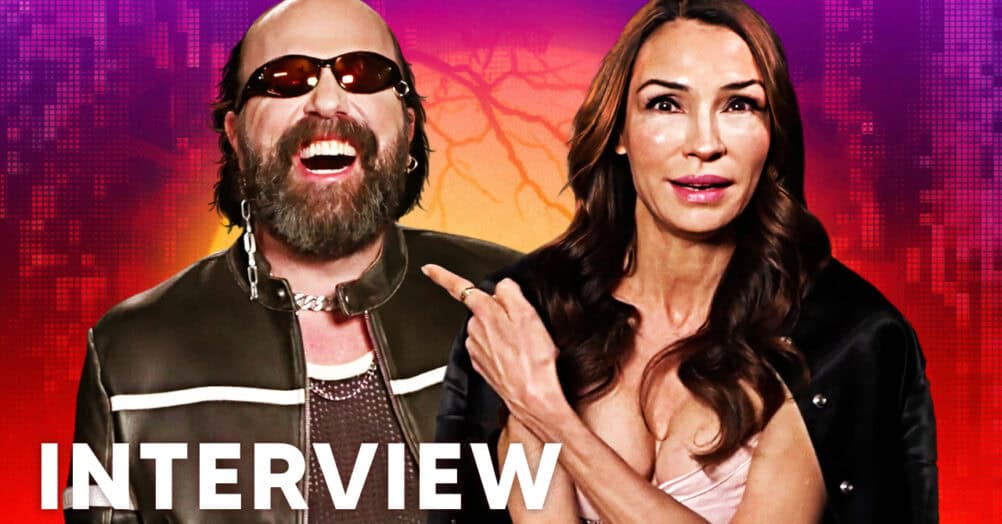
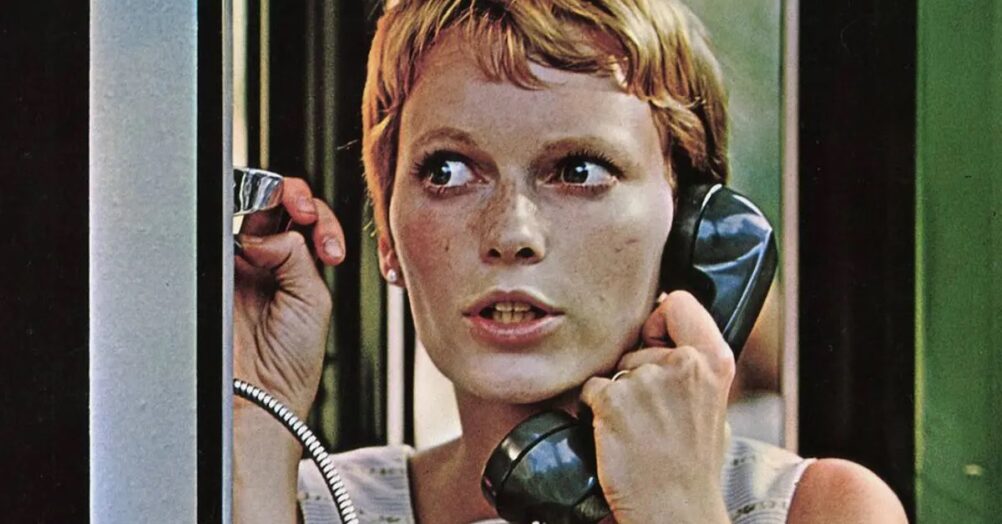
Follow the JOBLO MOVIE NETWORK
Follow us on YOUTUBE
Follow ARROW IN THE HEAD
Follow AITH on YOUTUBE